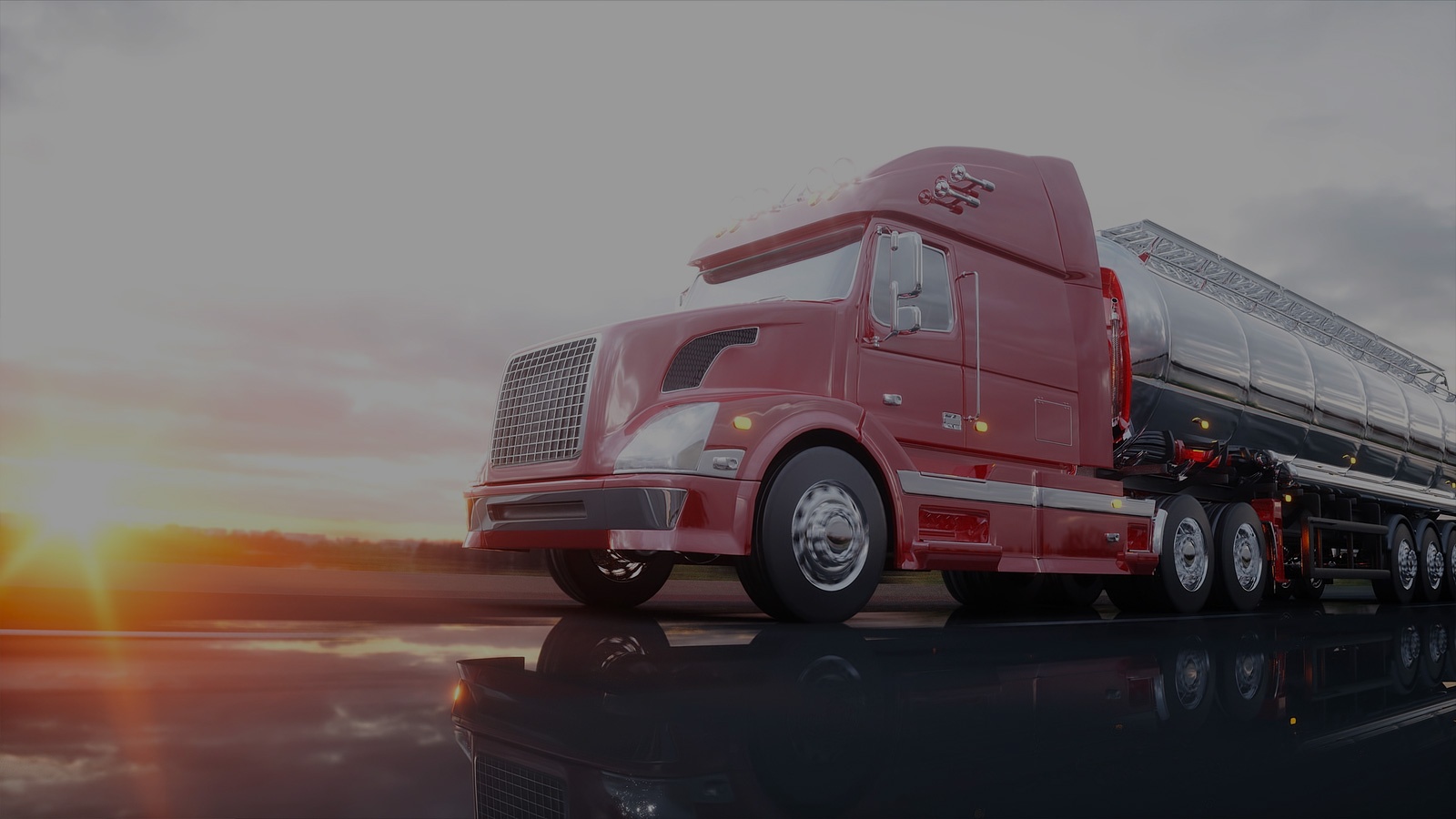To say we’re in a “carrier’s market” is an understatement. There are many more loads than there is carrier capacity to haul them, so those carriers can be selective in the loads they choose to haul. Because of this, it is vital that shippers seek to become a “shipper of choice” and make their loads as attractive as possible to transportation providers to improve their odds of securing capacity.
10 ways to become a shipper of choice
1. Know your product. While there is a variety of information that carriers need to handle your bulk freight, here are the basics that you need to communicate.- Product information. What are you shipping? Is the product dry or liquid? What are its safe temperature ranges? Is it hazmat or non-hazmat?
- Equipment information. Are there any special equipment requirements or loading and unloading procedures (e.g., rear or center unload required; hose length needed). This also pertains to ‘incompatible prior products’ – a list of products that cannot have previously shipped in the tank or trailer used for your product.
- Scale information. Do you have a scale onsite? If not, a visit to one must be factored into the driver’s route.
 2. Be driver friendly. To get carriers to want to work with you, have their drivers want to work with you. Are your facilities driver-friendly? Are instructions for loading and unloading clear and easy to understand? Are your loading and unloading areas safe and easy to reach? Are check-in windows manned? Are weigh scales available on-site or nearby? Is there a secure parking lot where a driver can drop his/her tank or trailer and take a break during loading/unloading? If not, well, these are good starting points to becoming a shipper of choice.
2. Be driver friendly. To get carriers to want to work with you, have their drivers want to work with you. Are your facilities driver-friendly? Are instructions for loading and unloading clear and easy to understand? Are your loading and unloading areas safe and easy to reach? Are check-in windows manned? Are weigh scales available on-site or nearby? Is there a secure parking lot where a driver can drop his/her tank or trailer and take a break during loading/unloading? If not, well, these are good starting points to becoming a shipper of choice.
3. Share your product’s Safety Data Sheet (SDS). Every chemical product should have a Safety Data Sheet that details the product’s chemical characteristics and information related to its safe handling and transport. Key information includes:
- Density: The weight per gallon will help determine the number of trucks required to handle a shipment
- pH: The product’s pH level will dictate the types of tanks or trailers it can be safely transported in (e.g., low-pH liquids will require rubber-lined tanks which are harder to come by than stainless steel and aluminum)
- Viscosity: The product’s viscosity will determine whether the product can be pumped or if an air compressor can be used
4. Give lead time. With carriers so backed up with loads, it’s unlikely that they’ll be able to fit you in their schedules quickly. So, plan ahead to the extent possible and give your transportation partner as much lead time as you can. If you can give your provider weeks – not days – of notice, then you greatly improve your odds of being accommodated. This is especially true in and around New Jersey, Chicago, Texas and other major hubs. Such forward planning will also plant you firmly in the “easy to work with” category, which will go a long way in making you a shipper of choice.
5. Allow bigger windows for shipping and receiving. The more flexibility you can give your transportation partners, the more likely it is that they can fit your loads into their schedules. Carriers are looking to haul more freight in less time, so if you leave them room to fit your products’ loading or unloading in alongside other work, that’s a major advantage.
6. Open on nights and weekends, when necessary. We get it, no one wants to open up a facility and bring in staff during hours that the facility is normally closed. However, this can sometimes be the determining factor in obtaining the capacity you need. Carriers are operating around the clock. If you can make your facilities available at the times that are most convenient for them, you greatly improve your chances of securing capacity.
7. Inspect trailers quickly. Once you pin a carrier down for a loading or unloading time slot, do your best to make the experience a breeze for the driver(s). This includes inspecting the tank or trailer quickly prior to loading so that the driver isn’t waiting around for long periods of time and wasting his or her valuable hours of service (HOS).
8. Know and communicate your facility details and potential issues. How many trailers can your facility load or unload in a day? Are there appointments or is it first-come, first-served? If the latter, are trucks backed up as soon as the facility opens? These are the types of things your carrier needs to know so that it can better plan its visit and schedule its day. The more information you communicate at the outset, the more prepared (and appreciative) the carrier will be.
9. Make sure your tanks or silos have room. This should go without saying, but our experience is that it needs to be said. Perhaps the quickest way to make an unfavorable impression with a transportation provider is to have its driver arrive at the unloading site before you realize that the tank, silo or railcar he or she needs to unload into is already full. When this happens, the driver is typically stuck at the facility for several days, tying up valuable equipment and driver HOS in the process. This is not only a surefire way to rack up a big detention charge, it may also lead the carrier to turn down all future loads.
10. Communicate. Yes, something as old-fashioned as one-on-one communication can help you navigate these modern transportation challenges. A simple conversation can provide a shared solution for both you and your carrier’s needs. Even more importantly, it can help to foster a relationship that will help you secure capacity in the future. Lastly, it can clear up – in minutes – issues that can result in huge wastes of time and money (e.g., have the specs at the consignee location changed since the last time your carrier was there?).
Turn to a bulk freight broker to help secure capacity
As you navigate different transport options, you’ll likely need to position yourself as a shipper of choice with many transportation partners – along with the vetting and relationship building that comes along with it. If you don’t have the time and resources to join this dance with multiple carriers, you can lean on the services of a single 3PL freight broker that specializes in bulk freight.
When you partner with such a broker, you’re effectively tapping into its network of already-vetted carriers. At Bulk Connection, for instance, our network consists of hundreds of liquid and dry bulk carriers across North America. With one call to us, you’re allowing us to match your loads with these carriers until we find the best carrier for your product and shipping lane.
A strategic relationship with a bulk freight broker not only saves you time, it greatly improves your chances of securing capacity as your carrier options are as large as your freight broker’s network.
To learn more about the benefits of working with a 3PL freight broker, contact Bulk Connection today.




